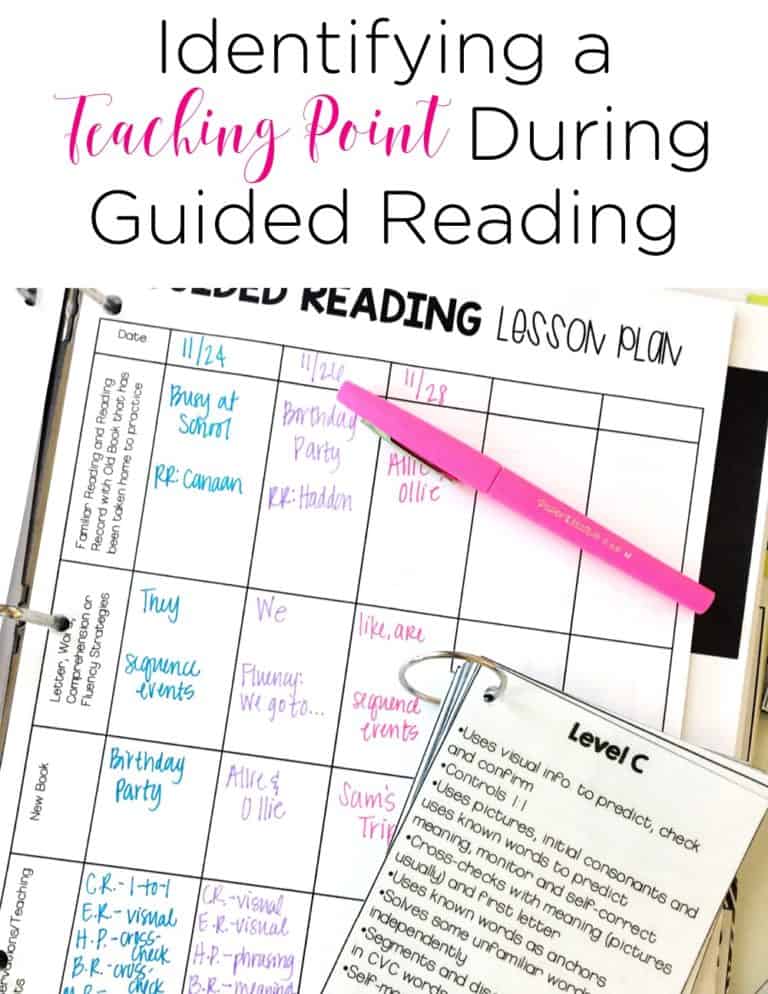

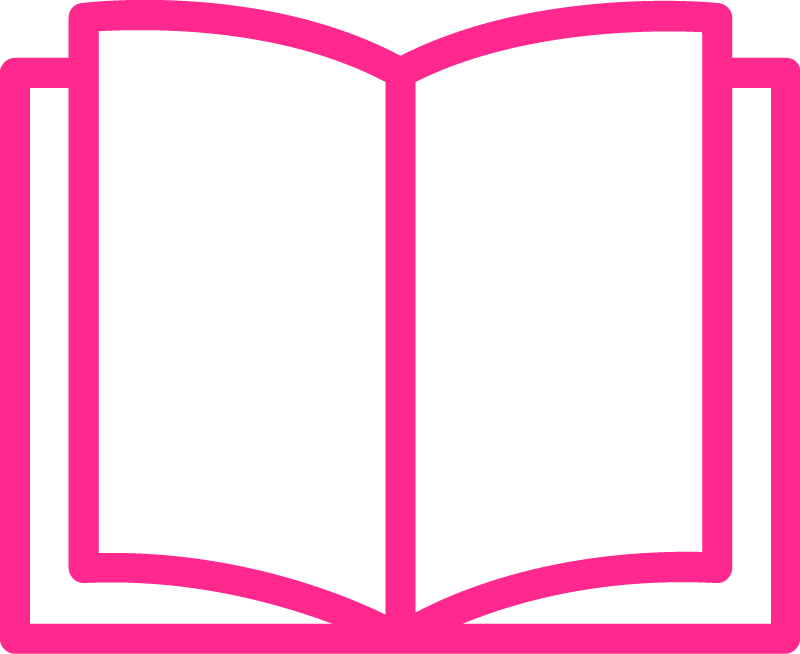
Balanced literacy is truly a passion of mine. I was lucky enough to be surrounded by amazing teachers who took me under their wings my first few years of teaching and really taught me how balanced literacy in kindergarten and first grade should look. I have had several questions about when to do guided reading and shared reading in a reading block. Looking at how balanced literacy is structured in a kindergarten and first grade classroom will answer just that.

This is just “good teaching”, friends. We train the little ones, gradually letting go as they are ready, and then let them fly on their own and enjoy learning!
I implement balanced literacy within my reading block. Each element of balanced literacy aligns with a section of the gradual release model.
Interactive Read Aloud- “I do it. You watch.”
Shared Reading- “We do it together.”
Guided Reading- “You do it. I watch/guide.”
Independent Reading- “You do it alone.”
Here is an example of my schedule for balanced literacy in kindergarten and first grade. Keep in mind this does not include my phonics instruction or my writer’s workshop element which are all a part of my language arts instruction.
Interactive Read Aloud-In this time I am reading a book aloud that I have carefully chosen based on the comprehension skill that I want to model for my students. In essence, I am teaching them how to think like a reader. I model my thinking out loud for students to see. I loved using this poster to show students that I was thinking, not reading the text when I would say things like, “This reminds of my first day of school. I was feeling scared, too!” You can read more about interactive read alouds HERE in this blog post.
I also will invite the students to join me as we focus on comprehension strategies (Asking Questions, Determining Importance, Inferring, Making Connections, Monitoring Comprehension, Predicting, Summarizing, Synthesizing, and Visualizing).
Shared Reading- In this time I am inviting the students to read with me. The text is easy for students to read and we read the same text for a week. We also focus on decoding strategies and phonics patterns within the text. Each day of the week we have a different task to work on. I shared our whole routine HERE on my blog and HERE in this video on Facebook.
Shared reading isn’t JUST for decoding, though. It’s also a great time to practice comprehension strategies with your little learners. Remember, they are reading with you.
Guided Reading– In guided reading the students are practicing reading and I am there to coach them through the process. I am guiding instruction before I give them a book to read independently on their instructional reading level. This means that they are able to read the text at 90%-94% accuracy without any support. The goal is to provide instruction so that they will move from instructional to independent on that specific reading level. I am providing them with the right tools so that they can advance in their reading. During this time I am doing several things other than just listening to them read.
You can read more and see exactly how I structure my guided reading sessions HERE for our classroom in this blog post. There is so much more that I could expand on concerning guided reading, too! HERE are my ALL of my favorite guided reading blog posts in one place, too!
Independent Reading– In independent reading time, the students get the chance to practice reading alone. In our classroom, this happens during read to self time as we do work stations. (Work stations are what the students rotate through when they are not in my guided reading group. I use these cards to create our rotation chart.) The students are reading a text from their book tub that is on their independent reading level or even below their level, meaning they have already moved past that level and the text is too easy. (I just make sure they don’t have too many of these books in their tub at once.) I want them to be successful and feel like excellent readers on their own without my help.
Do you use balanced literacy in kindergarten and first grade? How does it look? Do you split up the pieces between other subjects or keep it all together? I would love to learn more from you!
pin it
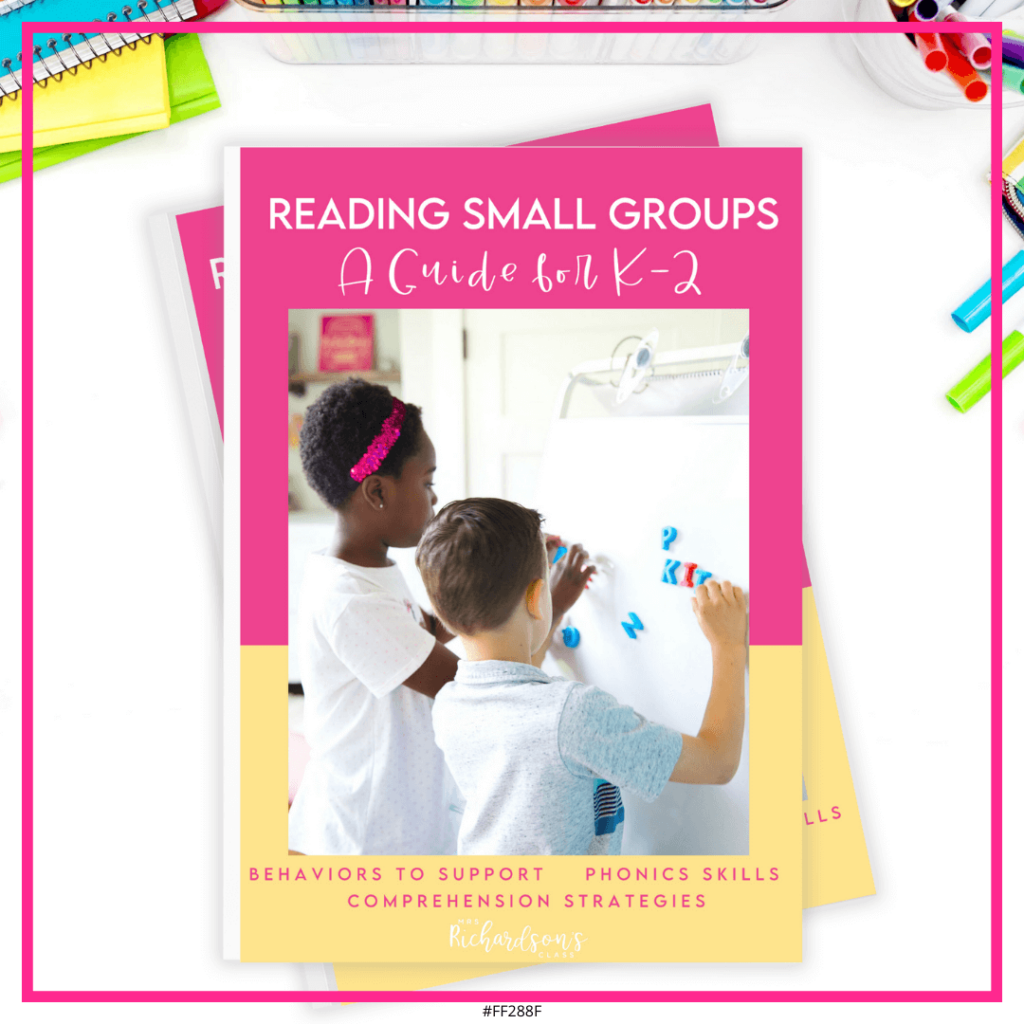
Want to use the latest research to boost your readers during small groups? This FREE guide is packed with engaging ideas to help them grow!
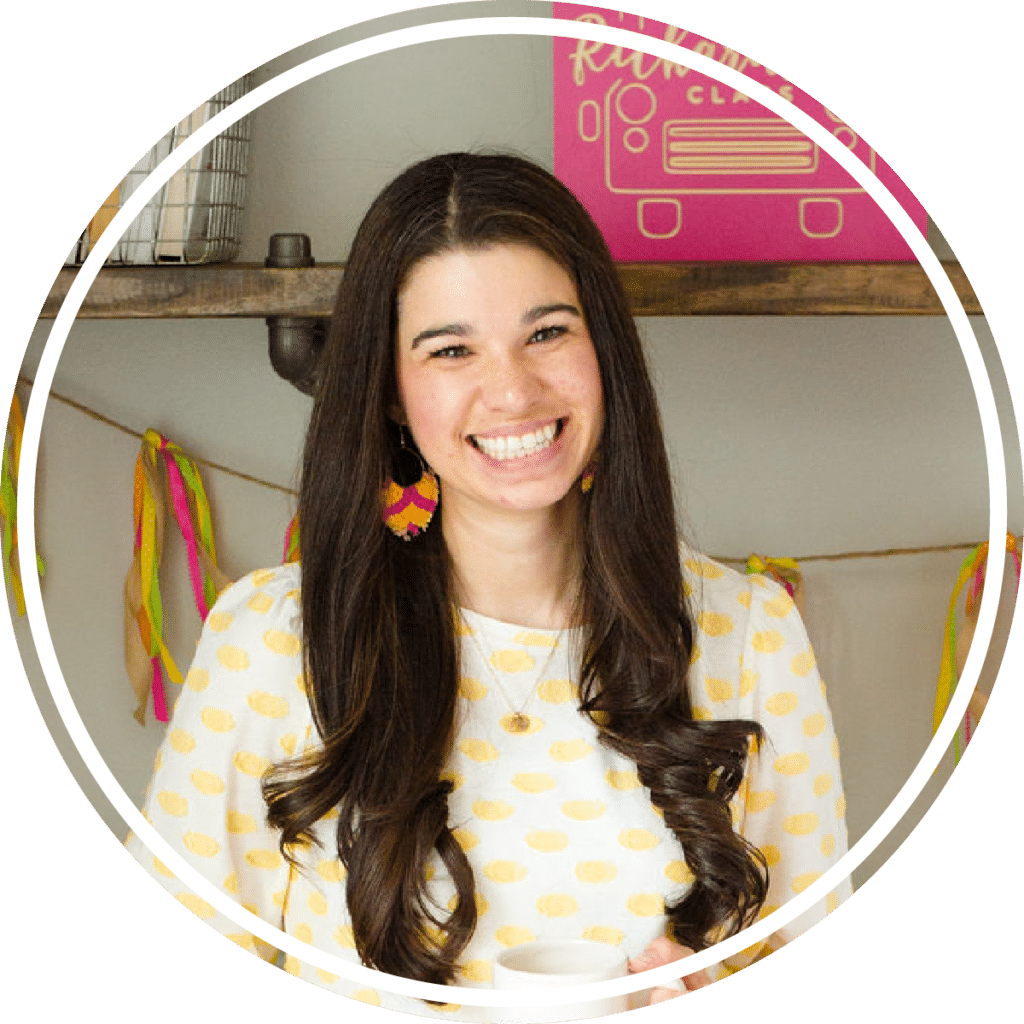
I’m a K-1 teacher who is passionate about making lessons your students love and that are easy to implement for teachers. Helping teachers like you navigate their way through their literacy block brings me great joy. I am a lifelong learner who loves staying on top of current literacy learning and practices. Here, you’ll find the tools you need to move your K-2 students forward!
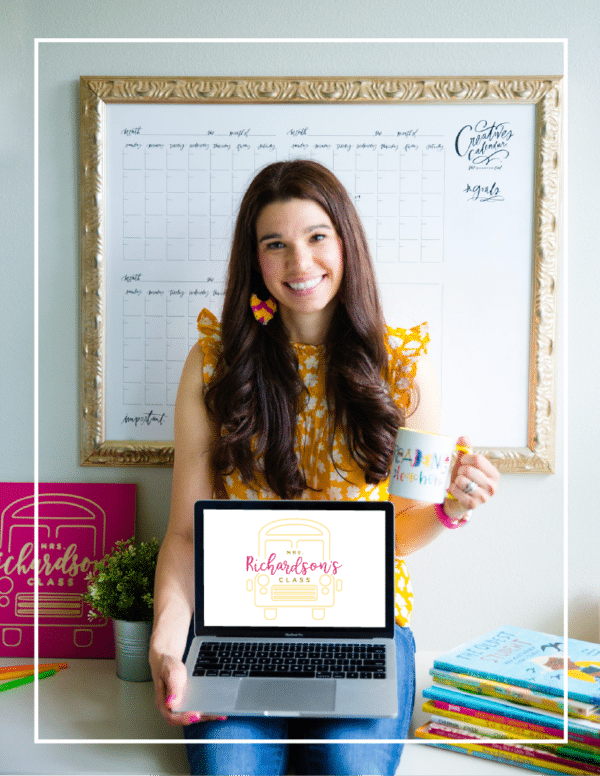
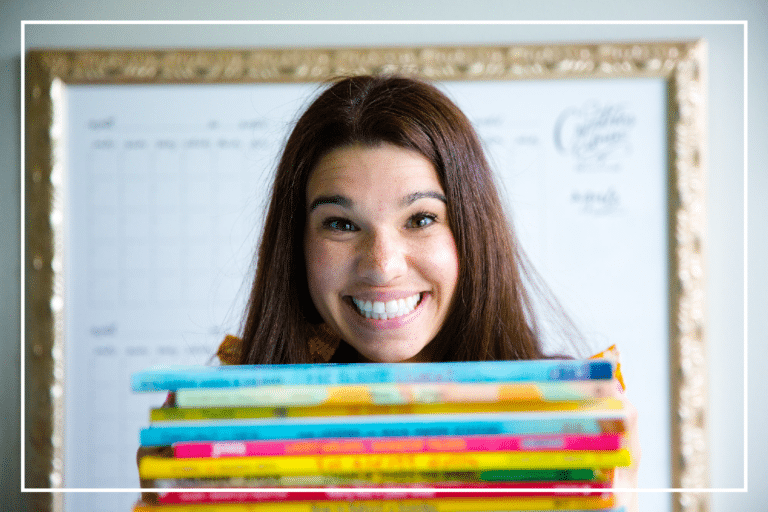
| Cookie | Duration | Description |
|---|---|---|
| cookielawinfo-checkbox-analytics | 11 months | This cookie is set by GDPR Cookie Consent plugin. The cookie is used to store the user consent for the cookies in the category "Analytics". |
| cookielawinfo-checkbox-functional | 11 months | The cookie is set by GDPR cookie consent to record the user consent for the cookies in the category "Functional". |
| cookielawinfo-checkbox-necessary | 11 months | This cookie is set by GDPR Cookie Consent plugin. The cookies is used to store the user consent for the cookies in the category "Necessary". |
| cookielawinfo-checkbox-others | 11 months | This cookie is set by GDPR Cookie Consent plugin. The cookie is used to store the user consent for the cookies in the category "Other. |
| cookielawinfo-checkbox-performance | 11 months | This cookie is set by GDPR Cookie Consent plugin. The cookie is used to store the user consent for the cookies in the category "Performance". |
| viewed_cookie_policy | 11 months | The cookie is set by the GDPR Cookie Consent plugin and is used to store whether or not user has consented to the use of cookies. It does not store any personal data. |
16 Responses
I cannot thank you enough for all of the reading posts you do. I am literally taking notes on every single one. Have you thought about posting a real guided reading video or maybe you already have? I just never feel like I am doing enough during guided reading. I would love to see you in action 🙂
You are so very welcome!! I have thought about posting a video. I have even been thinking about a webinar because I am getting several requests. I think it could be helpful! I loved watching other teachers teach guided reading because every time I learned so much! Thank you for your sweet comment! If/when I am brave enough to do a webinar, I will definitely let you know! 🙂
I am in my 3rd year teaching first grade and this article has finally provided clarity for me. My ELA/ reading block is split by special, morning announcements, and bathroom breaks so I may have 35 minutes for phonics and then an hour for balanced literacy. It is crazy! I feel rushed and my kids aren’t getting their best from me but it’s how it is. I will need to move this segment around to other blocks crossing curricula to get it to work. Thank you for the insight!
Renee I am so glad you found this post, then! I am happy to help you anytime I can! 🙂
I just spent the past week….about 24 hours total in workshops regarding balanced literacy in KG and still walked away overwhelmed and confused. Then I spent the past few minutes reading this and completely understand it and can visualize it in my classroom.
Oh Danielle, that makes me SO HAPPY to hear!!! Let me know if you have any questions at all!! I am so happy to help! 🙂
Hi,
I love your site. I have been using it to help me plan lessons as a second year teacher! I know that all of these parts make for a balanced literacy block however, how do you incorporate your standards you have to teach? One of my standards says, Use frequently occurring conjunctions (e.g., and, but, or, so, because). At what part of the day are you teaching that in your balanced literacy block.
Thank you!
HI Chelsea! I am so glad you have found everything helpful! All of my standards are worked into my literacy block and lessons designed around them. So, for example, with the specific standard you mentions, I would target that during a writer’s workshop lesson. 🙂 I haven’t even started digging into the writing part of the balanced literacy model on my blog! 🙂
Hi!
I am about to start 2nd grade after teaching Kindergarten, ahh! I’m very excited, but I was wondering if you had any insight about the difference between balanced literacy expectations and scheduling between Kinder/1st and 2nd.
Any help you might be able to provide would be GREATLY APPRECIATED!
Thanks for the clarity you provide 🙂
Hi Amy! Congrats on your new position! The biggest change I would a lot for would be less shared reading, and more reader’s workshop or guided reading time. I think with the increased text difficulty, conferring with them and providing more time with the same text during guided reading is even more important! Let me know if you have any other questions!